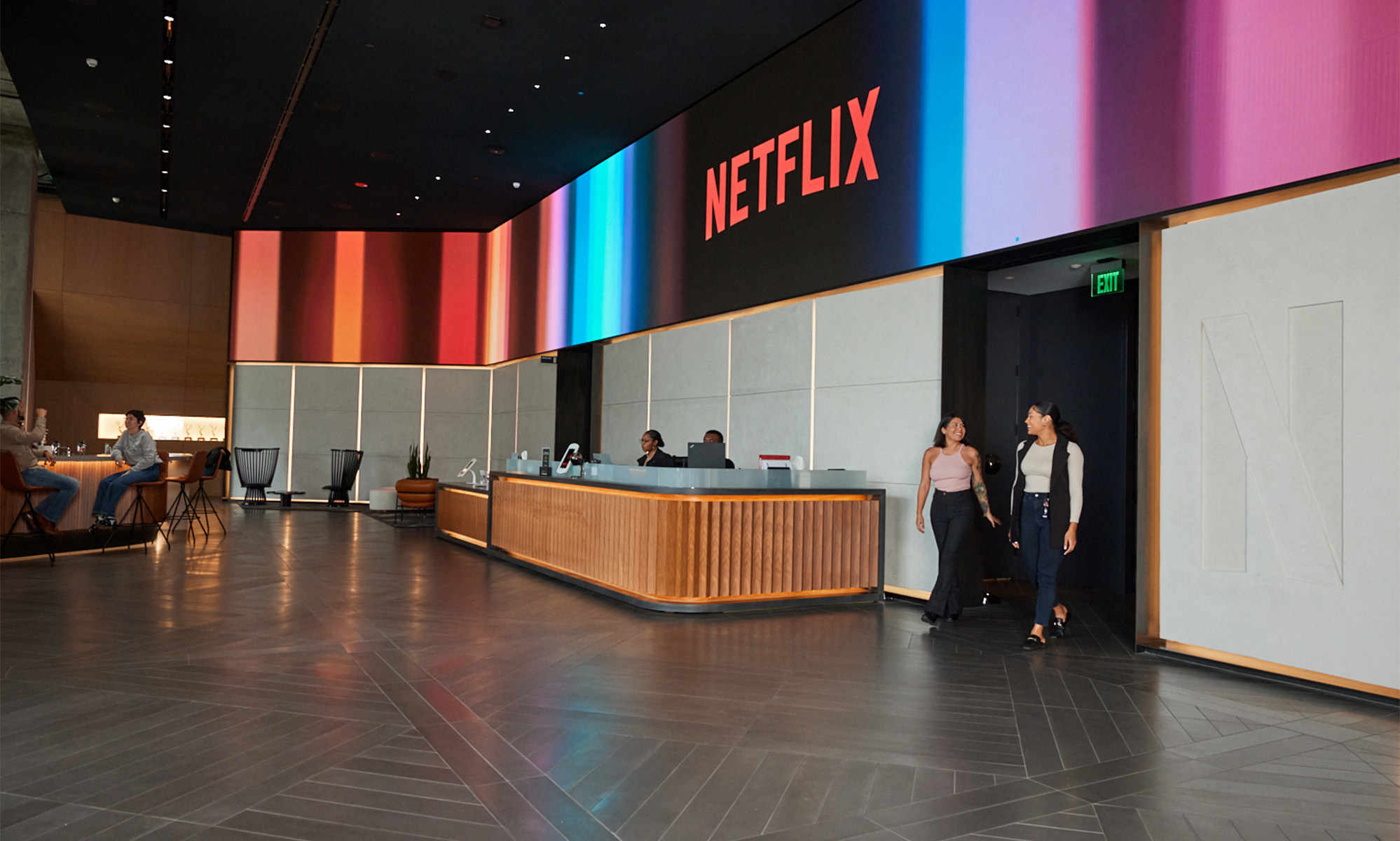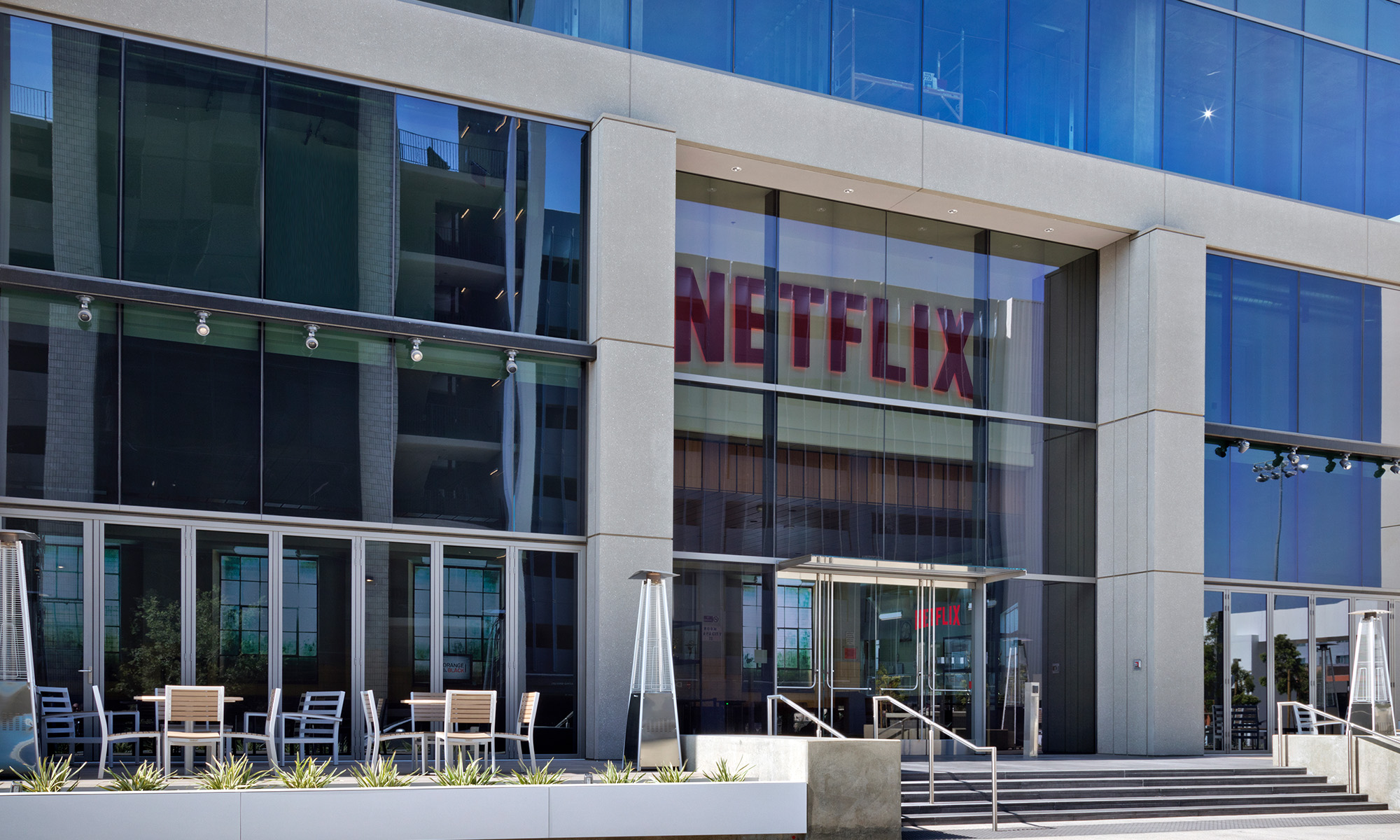When Amazon.com (AMZN 1.60%) went public in 1997, few investors knew just how effectively it would go on to create shareholder value in the coming decades. But any investor who bought shortly after Amazon's initial public offering and held on through today would have enjoyed a total return of more than 55,700% as of this writing.
That raises the question: Are there any companies on the market today that look like Amazon did in 1997?
We asked three Motley Fool contributors just that. Read on to learn why they think Twitter (TWTR +0.00%), Netflix (NFLX +0.93%), and CalAmp (CAMP +0.00%) fit the bill.

IMAGE SOURCE: GETTY IMAGES.
Much bigger than 140 characters
Steve Symington (Twitter): Twitter isn't exactly in the market's good graces right now. Shares of the budding social media platform are down nearly 60% since the day after its IPO in late 2013 and are trading roughly flat so far this year despite posting reasonably solid first-quarter results in late April.
That's not to say those results looked good on the surface. Revenue fell 8% year over year to $548 million and translated a GAAP net loss of $62 million, or $0.09 per share. Excluding items like stock-based compensation and acquisition expenses, Twitter's adjusted net income declined 19.8% to $82.4 million and fell 26.7% on a per-share basis to $0.11.
But Twitter also made important strides on the user front last quarter, with daily active users increasing 14% year over year. That marked its fourth consecutive quarterly acceleration for the metric.
And those users are starting to pay off. Twitter COO Anthony Noto stated the company has "received positive early feedback from our ad partners as we highlight the improved return on investment from our audience growth and better pricing." What's more, Noto says the company is happy with its recent progress on Twitter Live, streaming more than 800 hours of live premium video to 45 million unique viewers in the first quarter -- up 31% sequentially from last quarter.
If Twitter can sustain this momentum over the long term and return to sustained, profitable growth, I think it will ultimately prove to be a disruptive force in the online advertising and media segment much in the same way Amazon has disrupted traditional retail.
This internet TV thing could be big
Demitri Kalogeropoulos (Netflix): One theme that leaps out from Amazon's 1997 shareholder report is the online retailer's aggressive posture toward achieving scale over almost every other goal. As Jeff Bezos explained back then, the potential payoff to this approach was massive. "Market leadership can translate directly to higher revenue, higher profitability, greater capital velocity," he told investors. For Amazon, it sure did.
Netflix is engaged in a similar high-stakes race toward global leadership today. The streaming video giant used almost all its profits over the past few years to expand into every market outside of the United States. The early results from that move have been impressive. Like Amazon did in 1997, Netflix posted accelerating growth last year as subscriber gains improved to 19 million from 17.4 million the prior year.
CEO Reed Hastings frequently sounds like Bezos when he talks about his growth plans. "We hope to continue being one of the leading firms of the Internet TV era," he explains in management's long-term outlook. This era is likely to be "very big and enduring," Hastings predicts.
Netflix today shares an elevated risk profile that also characterized Amazon in its earlier years. The streamer is burning through cash ($2 billion in 2017 alone) to achieve its content goals. At the same time, management is scrambling to learn how to compete against entrenched broadcast entertainment leaders in countries where Netflix enjoys almost none of the advantages that helped it dominate the U.S market.
Bezos told shareholders in 1997 that Amazon's growth strategy carried massive risks. Specifically, it demanded "serious investment and crisp execution against established franchise leaders," he warned. Netflix is up against similarly daunting challenges right now.
Like Amazon, this is a smart investment opportunity
Sean Williams (CalAmp): When Amazon debuted in 1997, it wasn't the dominant retail force that it is today, but it nonetheless showed plenty of potential. If anything, investors expected too much of Amazon prior to about the mid-2000s, which is a common theme among investors and new technology. One company that I see a similar parallel with Amazon is machine-to-machine (M2M) communications solutions developer CalAmp.
The allure of CalAmp is pretty straightforward: the Internet of Things (IoT). The IoT describes the ability of machines to communicate with one another to optimize our lives. Think of a smart thermostat that learns your temperature preferences, or a car that alerts you when you're about to hit another vehicle or drift out of your lane. These are examples of IoT in action. According to BI Intelligence, $6 trillion is expected to be invested in IoT between 2015 and 2020, leading to 24 billion IoT devices installed by the end of the decade, representing a 41% compound annual growth. CalAmp is at the heart of this transformation with its solutions.
The biggest issue has simply been investor expectations. As with nearly every new technology before IoT (e.g., the Internet, genomics, and 3D printing), investors expect far too quick a return before the foundation of the industry has been laid. Over a previous couple of years, IoT stocks like CalAmp have been punished for not living up to investors' lofty expectations, similar to how Amazon was crushed during the dot-com bubble, despite its growing business. But the longer-term forecast looks ripe with growth for patient investors who allow the foundation of the IoT industry to be laid in place.
CalAmp also has appeal thanks to its $134 million acquisition of car location technology LoJack. Aside from providing an immediate boost to profitability, the acquisition of LoJack gave CalAmp another way to infiltrate the automotive industry and build rapport with automakers. The auto industry could become a leading source of demand for M2M solutions in the coming decade.
With CalAmp, I believe you have a company with double-digit growth potential over the next decade, if not longer. Patience will be warranted, but I also believe it'll be rewarded.







